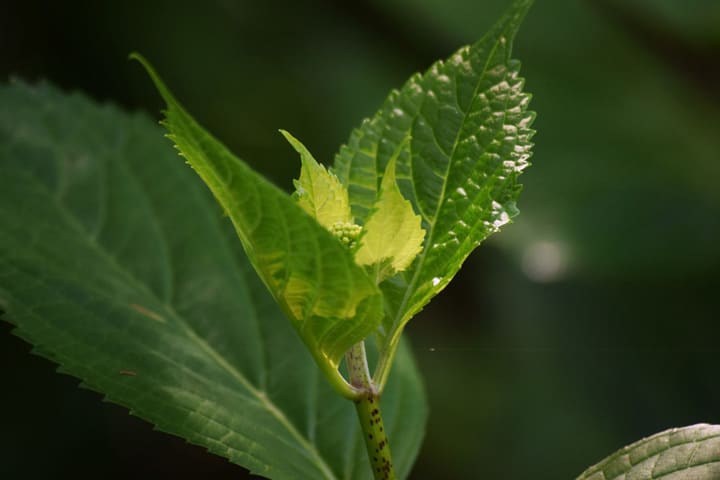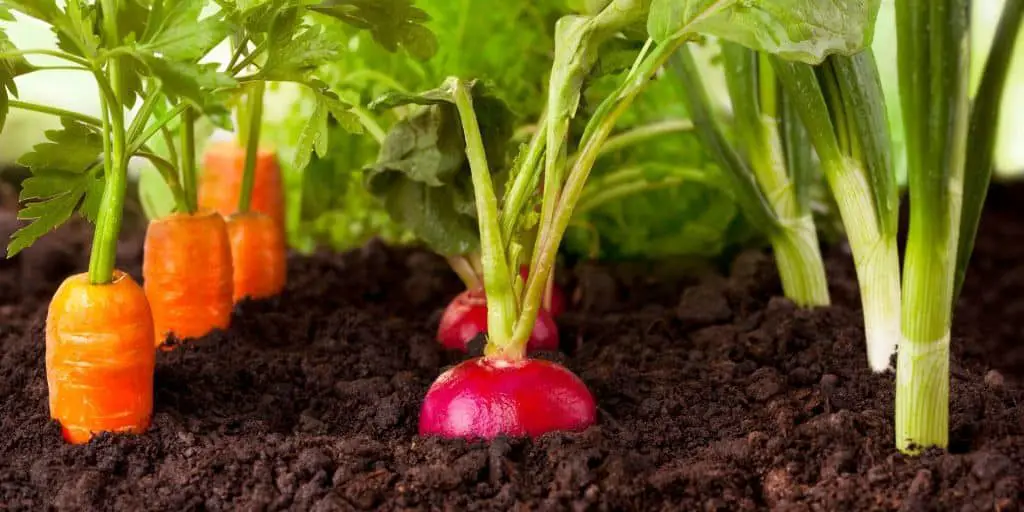
Top Reasons Why Your Hydrangea Won’t Bloom
Your hydrangea won’t bloom and you are not happy. Hydrangeas are popular for their beautiful and profuse white, pink, blue, and purple blooms. They are commonly grown as large shrubs and the color of the blooms (except for white hydrangeas) varies according to the acidity level of your soil. You were ready for a stunning display of blooms, but instead are looking at a green bush. If your hydrangea won’t bloom it is probably due to one of the reasons below. Luckily, these problems are fairly easy to resolve.
Late Spring Freeze Kills Blooms
Depending on where you live, a late spring freeze can kill developing flower buds. If the frost goes unnoticed, it is very easy to assume there is something wrong with your plant. If you live in an area where frost might be a problem in the spring, be sure to cover your hydrangeas on nights where the temperature dips into the low thirties. An old sheet works great for this. Remember to remove the covering early in the morning when danger of frost has passed. This will protect the vulnerable buds from damage.
Not Enough Light

Some varieties of hydrangeas do well in dappled sunlight, but most do not do well in deep shade. If your hydrangea wont bloom and is in full shade, you need to transplant it to a location that gets at least half a day of sun. According to the website gardenshed.com, a location that offers morning sun with an eastern or southern exposure and afternoon shade provides optimal conditions for profuse blooms.
The Age of the Plant

Most hydrangeas need a year or more for their roots to establish before they will bloom. If your new hydrangea wont bloom, you may need to be patient and give it another year or two to fully establish a deep root system and blooms.
Improper Pruning

When it comes to pruning, it is important to know what type of hydrangea you have. Basically, there are two types of hydrangeas. The first type bloom on old wood. Old wood refers to stems that developed on the plant during the previous season. This includes Mophead, Lacecap and Oakleaf Hydrangeas. Prune these hydrangeas before August to avoid removing bloom buds for the next year. This type of hydrangea produces flower buds on stems around August, September or October for the following summer’s blooms. If you prune those stems, then there will be no blooms the following year.
The second type of hydrangea blooms on new wood. New wood refers to stems that develop on the plant during the current season. Paniculata and Smooth hydrangeas fall into this category. The only time of the year that they cannot be pruned is spring when they are developing buds to bloom.
Luckily, there is a variety of Mophead Hydrangea, Endless Summer, that will bloom no matter when they are bloomed.
Hydrangea Won’t Bloom After Harsh Winter

Unusually harsh winters can also reduce or destroy blooms on hydrangeas that bloom on old wood. During particularly harsh winters with sub-zero temperatures dormant flower buds might freeze and die, and therefore, never have the chance to bloom the following year.
If you have an old wood hydrangea you might want to wrap it with burlap during the winter. Don’t use plastic because it does not breathe like burlap and can actually kill your plant.
Hydrangeas Won’t Bloom With Poor Soil Nutrition

If your hydrangea won’t bloom and frost, light, age, or pruning is not an issue, the problem might be poor soil nutrition. Hydrangeas do best in well-drained fertile soil rich with organic matter. They do not do well in rocky or dry soil. If your soil is too high in nitrogen (great for green lawn grass), your plant will not flower. Nitrogen is great for lush green leaf growth, but not for flowers. Phosphorus is needed for blooms. Test your soil and amend it as needed. Adding fertilizer to your soil will also improve it. The website gardeningknowhow.com recommends a balanced fertilizer such as 12-4-8 or 10-10-10.
Planted in the Wrong Zone

Your hydrangea always makes it through the winter but does not bloom. This could be because you are living in the wrong zone for tender blooms to survive the winter. Most hydrangeas grow best in zones 5 and above. There are some varieties that survive colder temperatures but they are outside of the norm. When buying hydrangeas, be sure to check the tags for recommended zones. You can determine what zone you live in here.
Not Enough Water

Hydrangeas are notorious for needing water but do not do well in areas with standing water. Therefore, make sure your soil drains well. Newly planted hydrangeas have shallow root systems and need watering at least three times a week, or even daily if you live in a hot area with little rain. Add two to three inches of mulch to retain moisture. Established plants do well with drip irrigation or soaker hoses. Wilted leaves indicate that your plant needs to be watered.
Once you determine why your hydrangea won’t bloom and solve the problem, you will be rewarded with an abundance of beautiful blooms for years to come.







